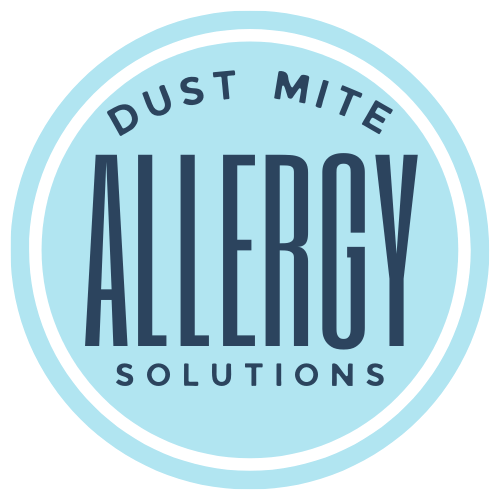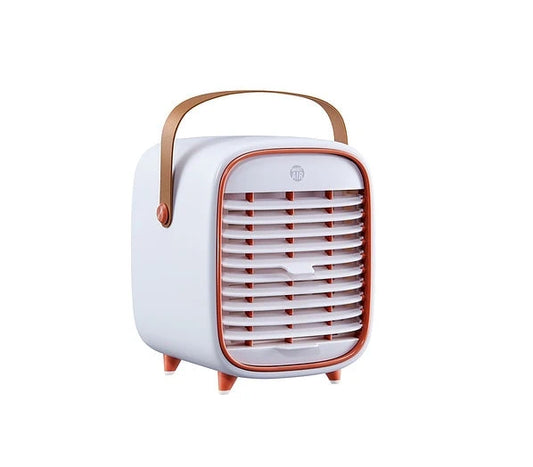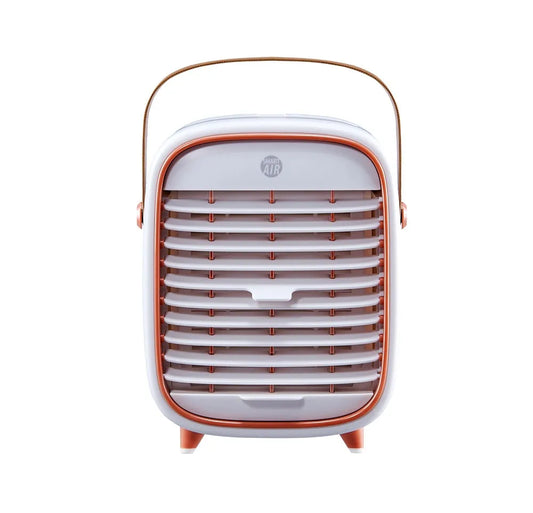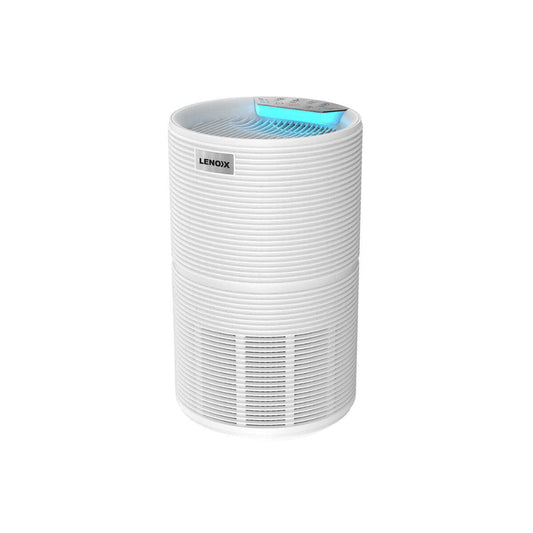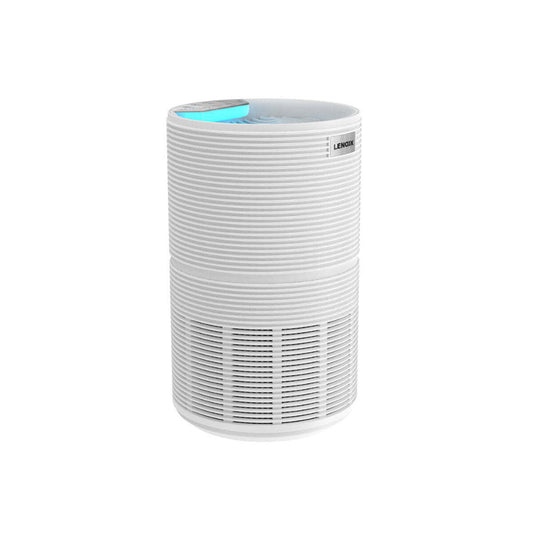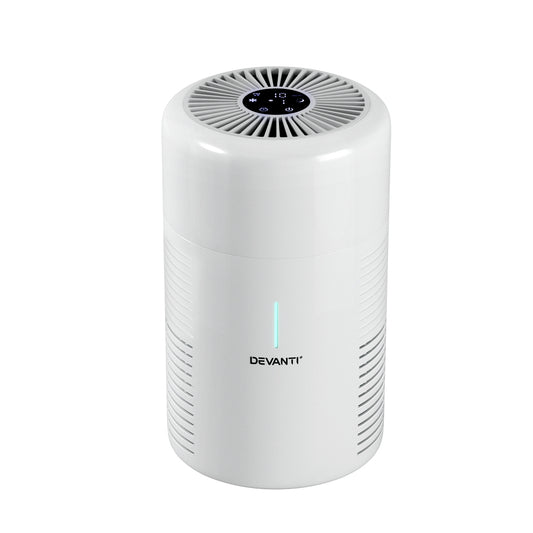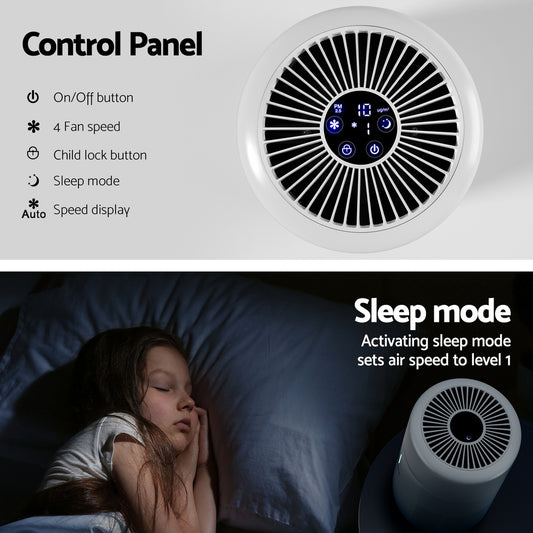-
Smart Air QT3 Portable Air Purifier
Regular price $99.00Regular priceUnit price per -
Gift Card - Dust Mite Allergy Solutions
Regular price From $25.00Regular priceUnit price per -
Air Purifier with HEPA Filter I Sleep Mode I Timer I CADR 170m³/h
Regular price $175.00Regular priceUnit price per -
Air Purifier HEPA Filter I Dust Sensor PM2.5 Remover I Devanti I CADR 130
Regular price $115.00Regular priceUnit price per
Air Purifiers for Dust Mite Allergies - FAQs
How to choose an air purifier
Here are some key steps to help you make an informed decision:
- Identify your specific needs: Determine the primary purpose of the air purifier. Are you primarily concerned about allergies, asthma, odors, or general air quality improvement? Identifying your specific needs will help you choose the most suitable type of air purifier and the necessary features.
- Consider the room size: Measure the square footage of the room where you plan to use the air purifier. Different air purifiers have varying coverage capacities. Look for models that are designed to effectively clean the air in the specific room size you have.
- Look for a High-Efficiency Particulate Air (HEPA) filter: HEPA filters are highly efficient at capturing airborne particles, including allergens, dust, and pet dander. Ensure that the air purifier you choose has a true HEPA filter. It should be able to capture particles as small as 0.3 microns with an efficiency of at least 99.97%.
- Consider additional filtration stages: Some air purifiers include additional filtration stages to target specific pollutants. Activated carbon filters can help eliminate odors, smoke, and volatile organic compounds (VOCs). Pre-filters can capture larger particles and prolong the life of the main filter. Look for air purifiers with multiple filtration stages if you have specific concerns beyond basic particle removal.
- Evaluate the Clean Air Delivery Rate (CADR): CADR indicates the efficiency of an air purifier in removing specific pollutants from the air. Look for air purifiers with higher CADR ratings for the specific pollutants you are concerned about. This information is usually provided by the manufacturer.
- Consider noise levels: Some air purifiers can generate noticeable noise, especially at higher fan speeds. If you plan to use the air purifier in a bedroom or a quiet environment, consider models that offer lower noise levels or have a sleep mode for quieter operation.
- Check for energy efficiency: Look for air purifiers that are Energy Star certified. Energy-efficient models can help reduce electricity consumption and save on energy costs over time.
- Consider maintenance and filter replacement: Understand the maintenance requirements of the air purifier, including filter replacement frequency and cost. Choose a model with easily accessible and replaceable filters, and ensure that replacement filters are readily available.
- Set a budget: Determine your budget range for an air purifier. Prices can vary depending on the brand, features, and filtration capabilities. Compare different options within your budget to find the best balance between performance and cost.
What air purifier features should I look for if I have dust mite allergies?
If you have dust mite allergies, here are some important features to look for when choosing an air purifier:
- True HEPA Filter: Opt for an air purifier that utilizes a true High-Efficiency Particulate Air (HEPA) filter. This type of filter can effectively capture and trap microscopic allergens, including dust mite particles, with a filtration efficiency of 99.97% for particles as small as 0.3 microns.
- Activated Carbon Filter: While not directly targeting dust mites, an activated carbon filter can help reduce odors and volatile organic compounds (VOCs) often associated with dust mite allergens. This filter can help create a fresher and more pleasant environment.
- Multiple Filtration Stages: Consider air purifiers with multiple filtration stages, including a pre-filter. Pre-filters can capture larger particles like dust and pet hair, prolonging the lifespan of the main HEPA filter and enhancing overall filtration efficiency.
- Air Exchange Rate: Look for an air purifier with a high Clean Air Delivery Rate (CADR) for dust. A higher CADR indicates that the air purifier can clean the air in a given room more quickly and efficiently, helping to reduce the presence of dust mite allergens.
- Coverage Area: Consider the size of the room or area where you plan to use the air purifier. Ensure that the purifier's recommended coverage area matches or exceeds the size of the room to effectively filter the air and capture dust mite allergens.
- Low Noise Operation: If you plan to use the air purifier in a bedroom or any quiet space, look for a model with a noise level that suits your preferences. Many manufacturers provide noise level information, allowing you to choose a quieter option.
- Air Quality Sensors: Air purifiers equipped with air quality sensors can automatically adjust the fan speed based on the detected level of dust and allergens in the air. This feature ensures efficient operation and maintains clean air consistently.
- Easy Maintenance and Filter Replacement: Consider air purifiers that have easily accessible filters and straightforward maintenance procedures. Look for models with filter replacement indicators to remind you when it's time to change the filters, as regular filter changes are crucial for optimal performance.
How to measure square meterage of a room?
- Start by measuring the length of one side of the room. Place the measuring tape or laser device against one wall and extend it across to the opposite wall. Take note of the measurement in meters.
- Next, measure the width of the room by placing the measuring tape or laser device against a wall perpendicular to the one you measured in the previous step. Extend it across to the opposite wall and record the measurement in meters.
- Multiply the length and width measurements together. The result will give you the area of the room in square meters.
For example, if the length of the room is 6 meters and the width is 4 meters, multiplying 6 by 4 would give you an area of 24 square meters.
What is the difference between HEPA, HEPA 11 and HEPA 13?
The main difference between HEPA, HEPA 11, and HEPA 13 filters lies in their filtration efficiency.
HEPA 11 filters capture 95% of particles, HEPA 13 filters capture 99.95% of particles.
What are other filters used in air purifiers and what do they do?
Pre-Filters: These filters are usually the first line of defense in an air purifier. They capture larger particles like dust, hair, and pet dander, preventing them from reaching the main filter and prolonging its lifespan.
Activated Carbon Filters: These filters are effective in removing odors, gases, and volatile organic compounds (VOCs) from the air. Activated carbon has a large surface area that can adsorb and trap these unwanted substances, helping to freshen the air.
UV Germicidal Irradiation: Some air purifiers incorporate ultraviolet (UV) lights to sterilize and deactivate microorganisms such as bacteria, viruses, and mold spores. The UV light damages their DNA or RNA, rendering them inactive and preventing them from spreading.
Electrostatic Filters: Also known as electrostatic precipitators, these filters use an electrostatic charge to attract and capture particles. They can capture smaller particles like smoke, fine dust, and some allergens. However, it's important to note that some electrostatic filters produce ozone as a byproduct, which can be a concern for individuals with respiratory sensitivities.
Photocatalytic Oxidation (PCO) Filters: PCO filters use a combination of UV light and a catalyst, typically titanium dioxide, to generate hydroxyl radicals and other reactive oxygen species. These radicals help break down pollutants like VOCs, bacteria, and some gases into harmless byproducts.
What is UVC light in air purifiers and what does it do?
UVC light, or ultraviolet-C light, is a type of ultraviolet light with a wavelength range of 200 to 280 nanometers. It is commonly used in air purifiers as a germicidal technology to help kill or inactivate microorganisms such as bacteria, viruses, and mold spores.
UVC light works by damaging the DNA or RNA of these microorganisms, which prevents them from replicating and renders them inactive or unable to cause infections or other harmful effects. When air passes through an air purifier with UVC light, the UVC lamps emit the light, sterilizing the air and reducing the presence of pathogens.
It is important to note that UVC light should be used safely and in accordance with manufacturer instructions, as direct exposure to UVC light can be harmful to humans and other living organisms.
Eliminate dust mites
-
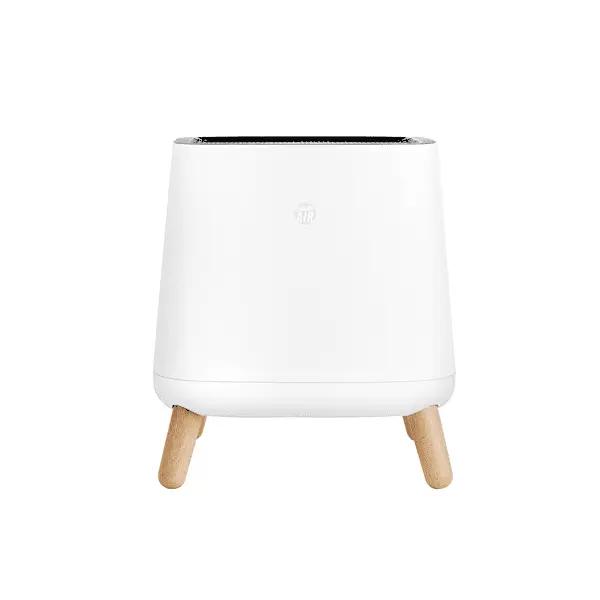
Air Purifiers
Explore our comprehensive range of air purifiers, each equipped with advanced HEPA...
-
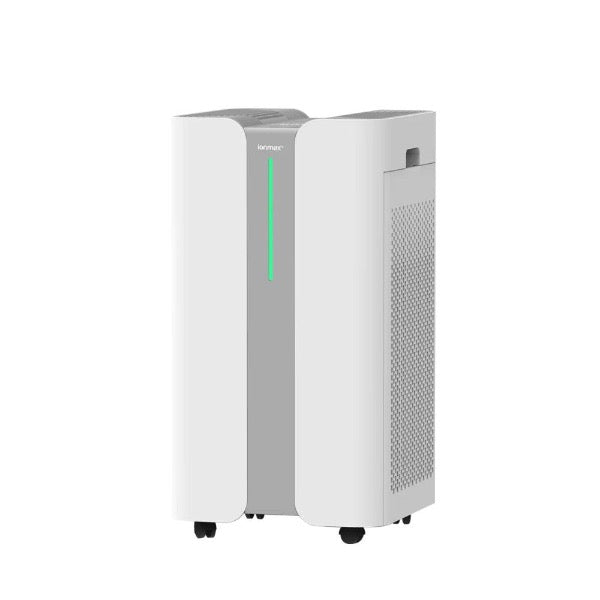
Best Air Purifiers for a Large Space
HEPA filter air purifiers tailored for spacious areas
-
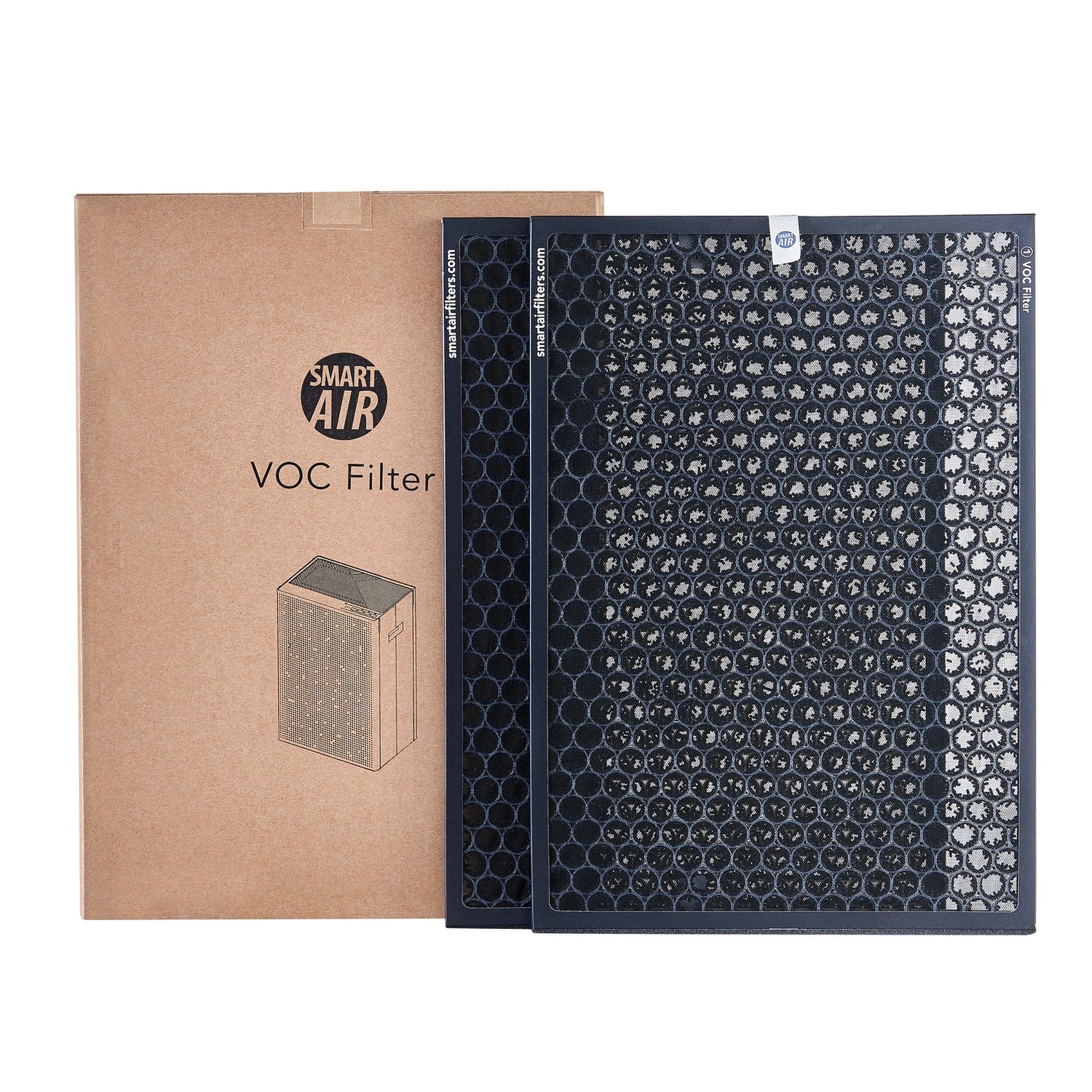
Air Purifier Filter Replacements
Following the manufacturer's guidelines for air purifier filter maintenance is crucial for...
-
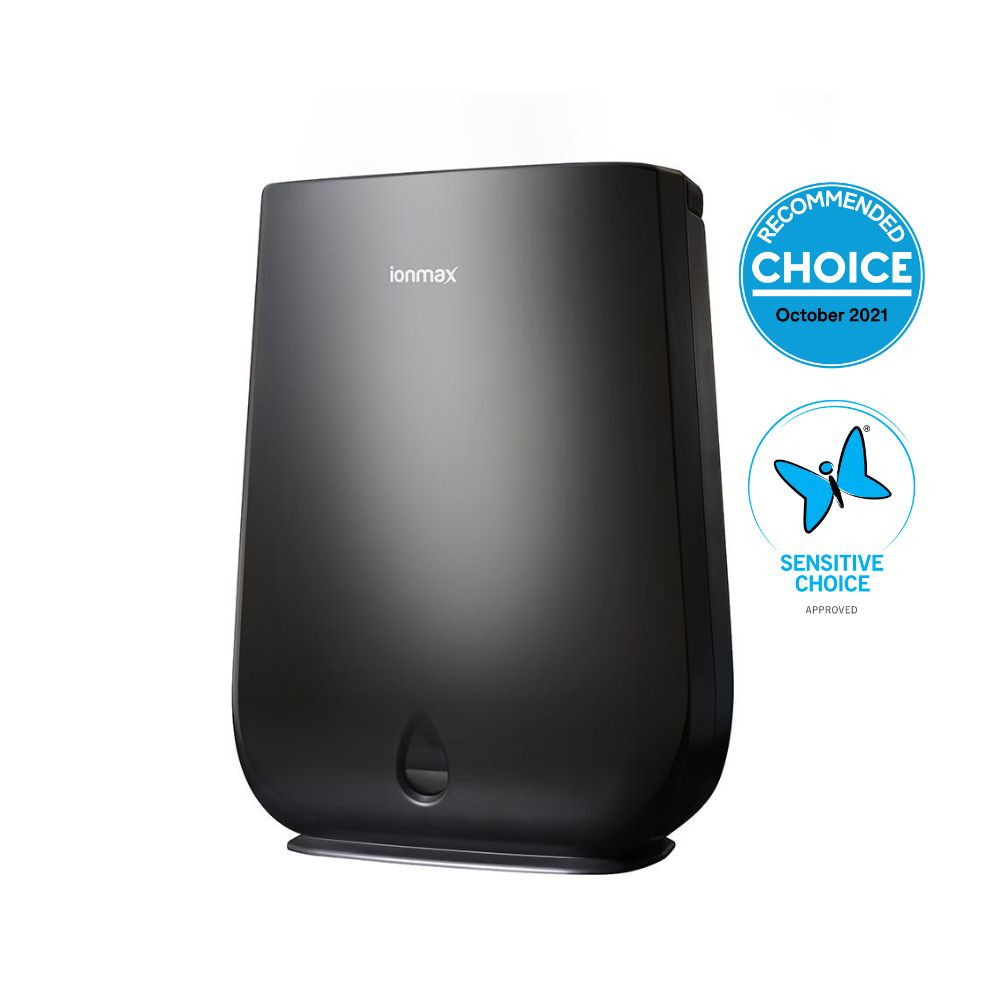
Dehumidifiers
Controlling humidity levels in your home is a key step in managing...
